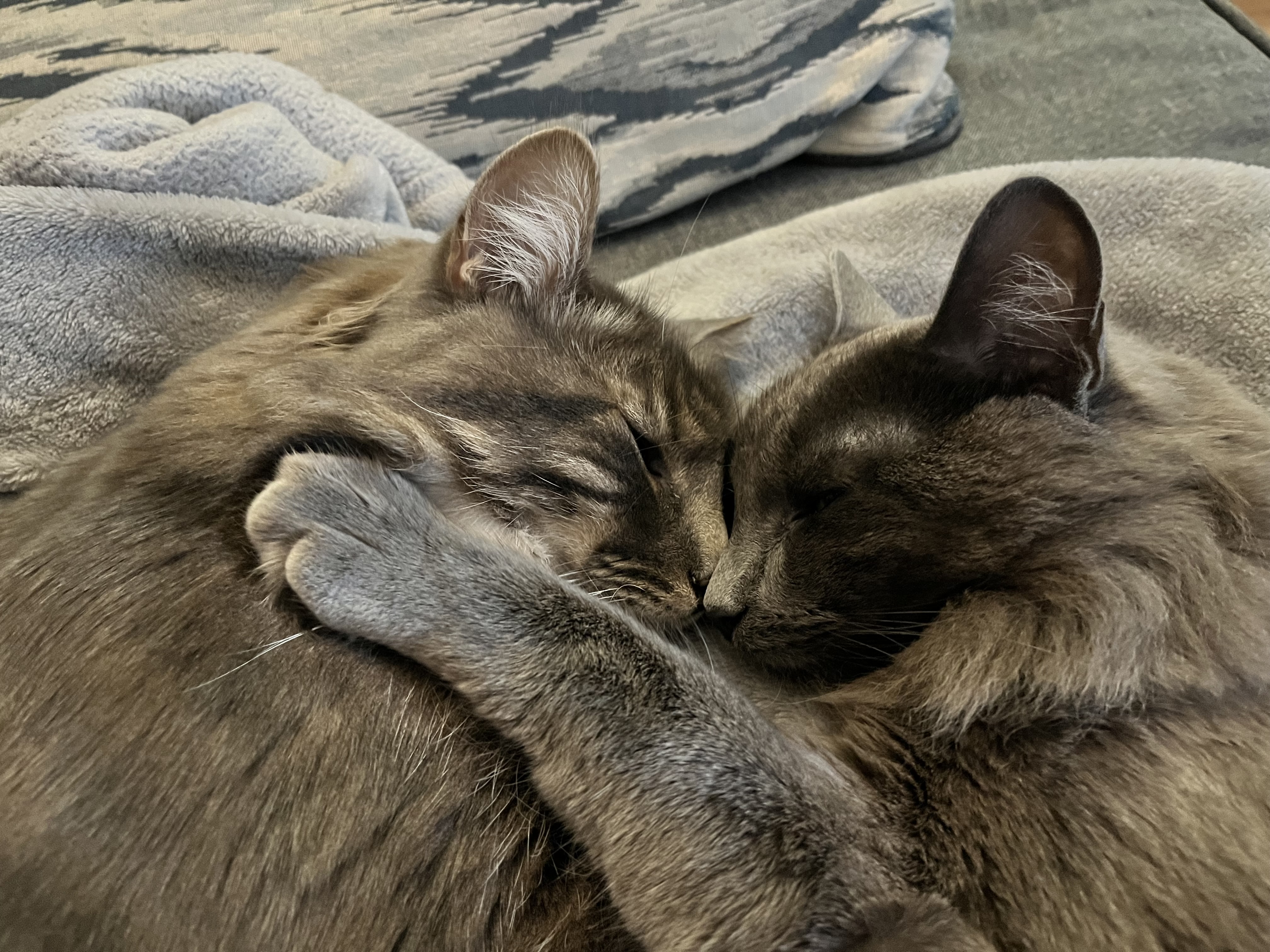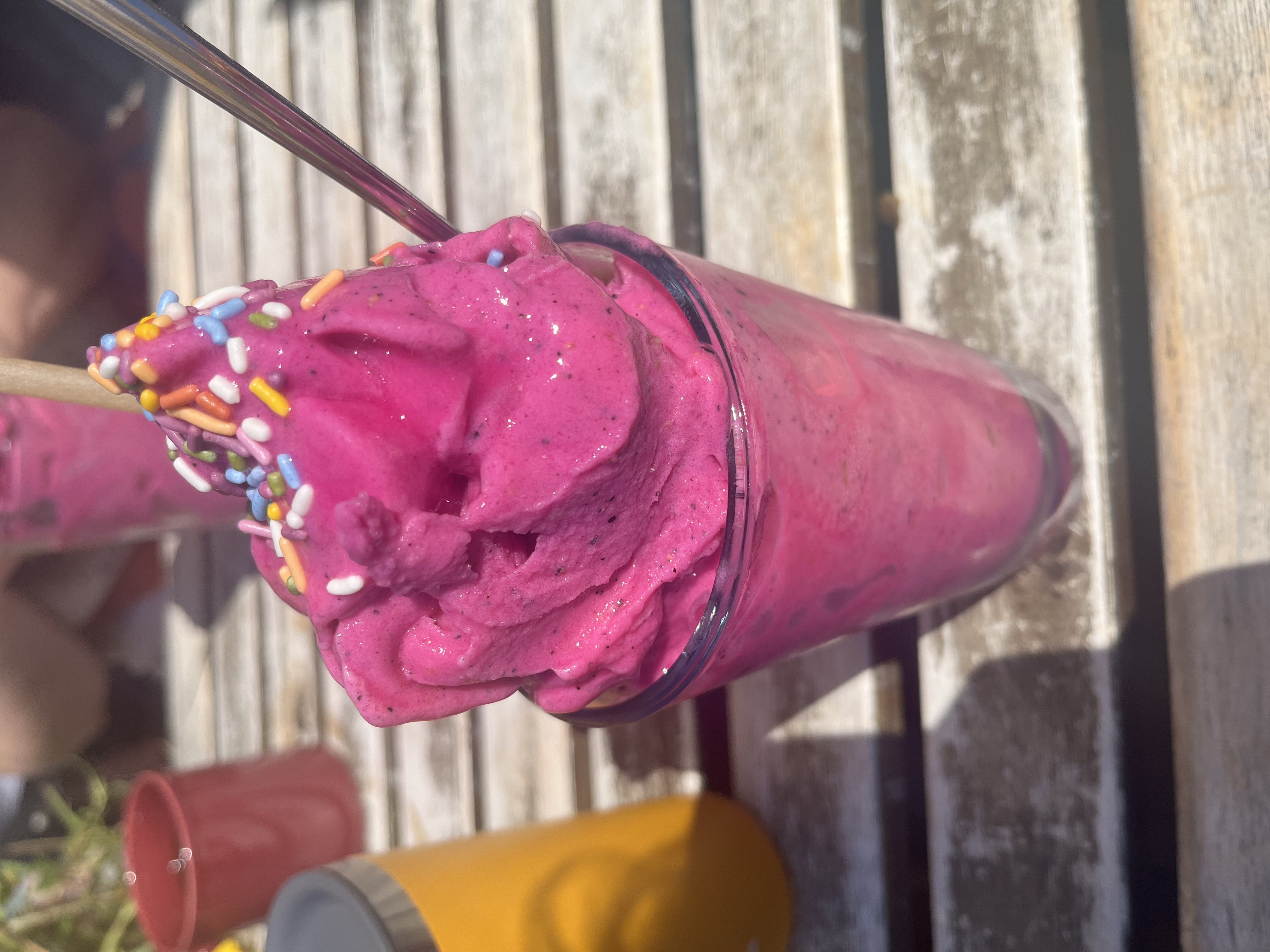Intro to STAT 331 / 531 + Intro to R + Intro to Quarto
Week 1 Day 1
Tuesday, September 24
Today we will…
- Welcome to Stat 331 / 531: Statistical Computing in R
- Introductions (Me + You)
- Course Layout
- Basics of R
- Group collaboration warm-up
- Data wrangling / visualization puzzle
Introductions
Hi, I’m Dr. Theobold!
I am originally from Colorado, but went to grad school in Montana.
My favorite things are being outside, drinking coffee, and watching women’s basketball.

I love cats!
I’ve been programming in R since 2014!
I absolutely love teaching this course!

On a personal note…
I prefer you refer to me as “Dr. Theobold”, or “Dr. T”, or “Professor Theobold.”
Please don’t call me “Allison” or “Professor.”
I use they / them pronouns. If you are not sure what this means, I’d encourage you to read more about gender identity and pronouns. 🙂

Our Classroom Learning Assistant!
We will be joined in class by Jasmine.
Jasmine is…
- a forth-year Statistics major pursuing a Data Science minor,
- originally from Irvine, CA,
- someone who loves sushi, hanging out with friends, watching Netflix, and working out.
You!
I am looking forward to reading your introductions on Discord!
Please read the intros of your classmates so you can discover who you will be learning with this quarter!
Course Layout
Beginning of the Week
- Look over the coursework page
- Read the required chapter(s)
- Watch the required video(s)
- Complete the Check-ins
- Review chapter content
- Ask clarifying questions
- Discuss example analyses
- Work in pairs to complete the Practice Activity
- Finish whatever remains of the Practice Activity
- Complete any additional reading / videos / Check-ins
End of the Week
- Debrief Practice Activity
- Warm-up review
- Start Lab Assignment
- Finish remaining problems of the Lab Assignment
- Complete Challenge Assignment
Labs & Challenges Due Sunday by Midnight
To keep everyone on track with the coursework, your Lab and Challenges are due by midnight every Sunday. You are permitted to request up to four (4) deadline extensions by filling out the deadline extension form.
Group Programming Warm-up
Broken Circles
To set the stage for your future group collaborations, we will complete an activity that explores how working in groups can be more / less successful.
Let’s start by dividing the class into groups of 6 students.
Activity Guidelines
- No talking or other noises!
- No pointing or hand signals!
- No taking pieces. You may only give pieces to others.
Your group is finished once everyone has a complete circle.
Discussion
- What do you think this game was about? What was its purpose?
- What did your group did that made you cooperate more successfully?
- What did your group did that made cooperation harder?
- What are some behaviors that could be implemented in the future to make cooperation easier?
A Data Puzzle
A Data Puzzle
Arrange the different pieces (tables and graphs) based on the actions that led to each new table / graph.
Once you have arranged each of the tables and graphs, answer the following questions:
- What is the most common type of work location - remote or in-person?
- Does work location type vary by company size?
Groupworthy Data Science
Groupworthy Data Science
The purpose of the study is to understand how an instructor’s pedagogy impacts the equity of group collaborations, specifically as they relate to pair programming.
Consent to Participate
If you agree to participate…
you will be recorded once a week for 10-weeks while participating in pair programming to complete collaborative tasks.
you will complete a pre- and post-survey about your prior computing experiences and your attitudes toward data science.
Your participation in this research will not affect your course grade.
Consent Form
Please complete the consent form (https://forms.gle/oax73hoe7uRSVLYw8) by Monday, 9/30.
Before class on Thursday…
Before class on Thursday…
Complete the Version Control coursework
Check-ins 1.6 - 1.9: Getting version control set-up
- Due Thursday (9/26) by the start of class
Introduce yourself on Discord!
- Due by Friday (9/27)